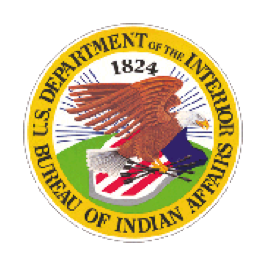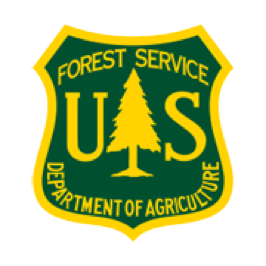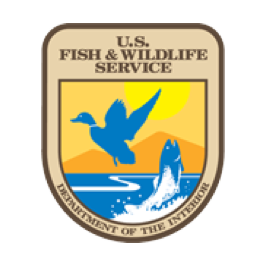Tribes Need Congress to Pass Wildlife Bill Now
Tribal Fish & Wildlife Leaders Visit DC to Urge Congress to Invest in Tribal Conservation through Passage of the Recovering America’s Wildlife Act
November 23, 2022
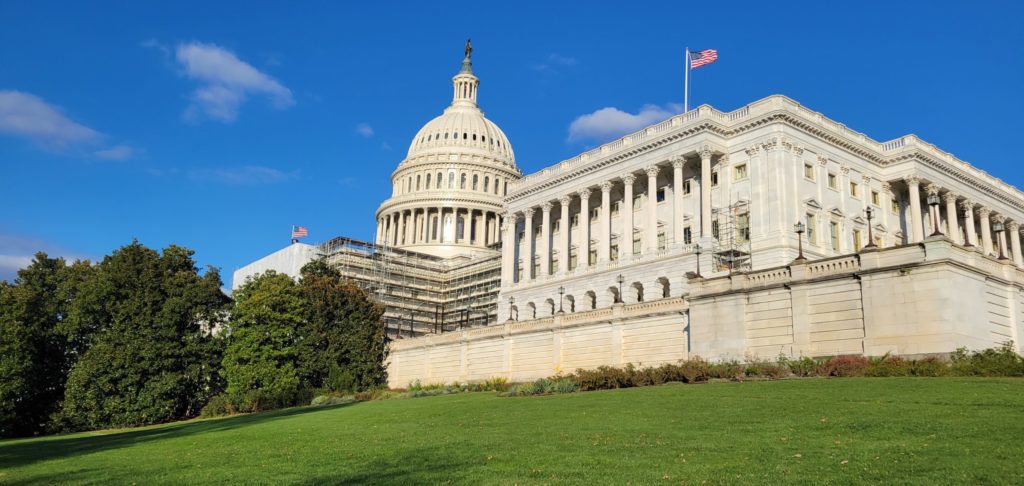
Capitol Hill. Photo credit: Ken Sandusky
Washington, DC – Leaders in Tribal fish and wildlife management visited the Capitol last week to meet with congress about the importance of Recovering America’s Wildlife Act for Tribal Nations. If passed, the bipartisan bill will provide $97.5 million to Tribes and $1.3 billion to states and territories each year for on the ground conservation.
The Recovering America’s Wildlife Act (RAWA) was developed in response to findings that 12,000 species in the United States are considered “at greatest conservation need.” Through allocating funding to on the ground conservation projects, this historic bill aims to proactively prevent species from becoming endangered. RAWA is monumental legislation for another reason as well, it would provide the first dedicated annual funding to support Tribal fish and wildlife conservation.
“We were never included,” said Gloria Tom, Director of the Navajo Nation Fish & Wildlife Department, “Until now.”
Tribes have fought for decades to be included in mainstream conservation funding but have been left out of programs such as the Federal Aid in Wildlife Restoration and Sport Fish Restoration Acts. This Tribal delegation continues to advocate for funding equity by asking Congress to prioritize passing RAWA this year.
Demonstrated Management Success Despite Challenges
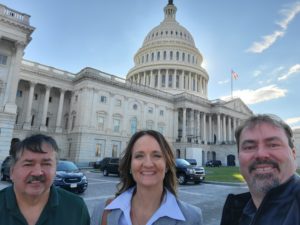
Don Reiter, Julie Thorstenson, PhD, and Ken Sandusky in front of the Capital Building. Photo credit: Ken Sandusky.
Tribes manage or influence the management of nearly 140 million acres of land and waters that are home to more than 500 threatened or endangered species. And Tribes manage these lands successfully. According to the Native Lands Information System, while Tribal lands make up 2.6% of the United States, they overlap with 12% of Key Biological Areas.
Repeatedly, Tribes demonstrate successes in fish and wildlife management. For example, the restoration efforts of the Eastern Band of Cherokee Indians and their partners kept the sicklefin redhorse, a culturally important species found only in western North Carolina, off the Endangered Species List.
Despite their achievements, Tribal natural resource departments face challenges, many of which stem from a lack of funding.
“Inequities in funding for Tribal fish and wildlife programs are probably one of the most obvious issues in conservation but least talked about,” stated Executive Director of the Native American Fish & Wildlife Society, Julie Thorstenson, PhD.
Without a consistent funding base, Tribes often experience understaffing and high turn-over rates. The Menominee Indian Tribe of Wisconsin has the largest reservation east of the Mississippi River with 235,000 acres, but for 32 years, Don Reiter has been the Tribe’s only Wildlife Biologist. While the Tribe has done outstanding work, including managing black bears for 30 years, Reiter says, “We are asked to do more with less.”
Lack of funding can also impact a Tribe’s capacity to collaborate with other agencies and across boundaries. It can be difficult for Tribes or states alone to achieve conservation successes like the sicklefin redhorse. However, RAWA is an opportunity to build Tribal capacity to hire and retain staff, expand fish and wildlife programs, and build partnerships.
Supporting Tribal Conservation and Economies
RAWA will not just protect species of ecological, cultural, and economic importance, it is an investment in Tribes and local economies. When funding does make it to Tribes, they can be relied on to support local economies as they purchase supplies and services from local providers and hire local community members at a rate equal to or exceeding other organizations.
According to Modoc Nation Resource and Development Director Ken Sandusky, the Modoc Nation has invested more than a million dollars in the last two years on their Homelands Initiative, nearly all of it spent within their Northern California and Southern Oregon Traditional Homelands.
Fueling local economies and creating jobs, dollars spent in Indian Country stay in Indian Country, often serving the most underserved communities. RAWA is an investment in Tribal conservation, communities, and economies.
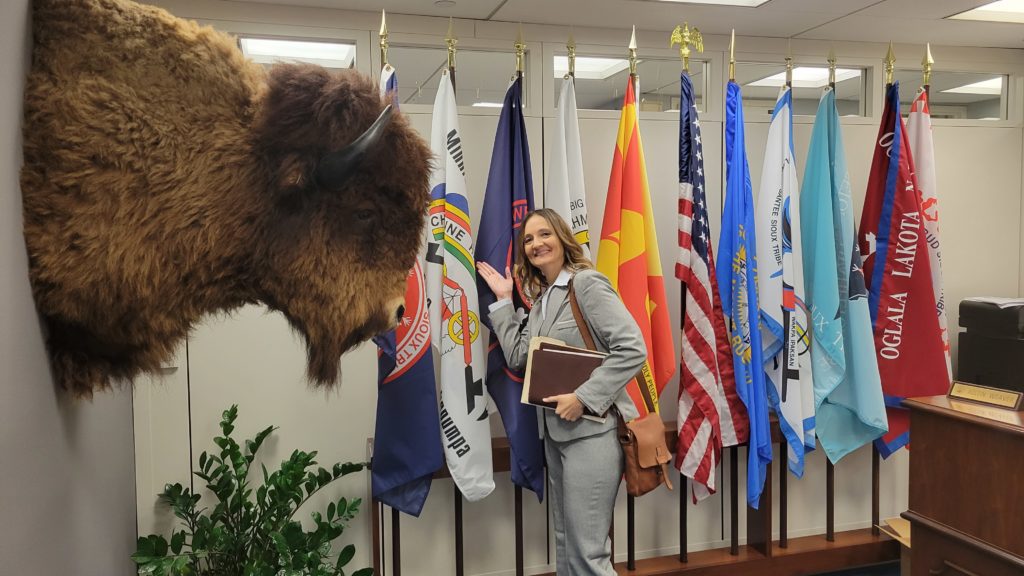
Dr. Julie Thorstenson, citizen of the Cheyenne River Sioux Tribe, stands in front of South Dakota Tribal flags in Senator Rounds’ office. Photo credit: Ken Sandusky.
Time to Invest in Tribes
Passage of the Recovering America’s Wildlife Act will aid Tribes in their unique position to lead efforts to conserve wildlife with a long history of stewardship, traditional ecological perspectives, and some of the most innovative and successful natural resource programs in the country. Additionally, investments in Indian Country come back tenfold with innovative conservation management and contributions to local economies.
With only a few weeks left in the legislative session, time is running out. Now is the time to invest in Tribes.
Learn more: NAFWS National Initiative – Recovering America’s Wildlife Act
Related article(s): Doing More With Less: Inequities In Tribal Fish & Wildlife Funding
PRESS RELEASE
Contact: April Richards
Public Information Officer
Native American Fish & Wildlife Society
Contact Us
About Us
The Native American Fish & Wildlife Society (NAFWS) is the only national Tribal organization with a specific focus on Tribal fish and wildlife resources. As a unique membership organization with 227 Support Member Tribes in 7 regions, NAFWS strives to meet the needs of its Individual Members and Member Tribes through conferences, trainings, youth education, and by participating with innovative projects and initiatives in Indian Country.
